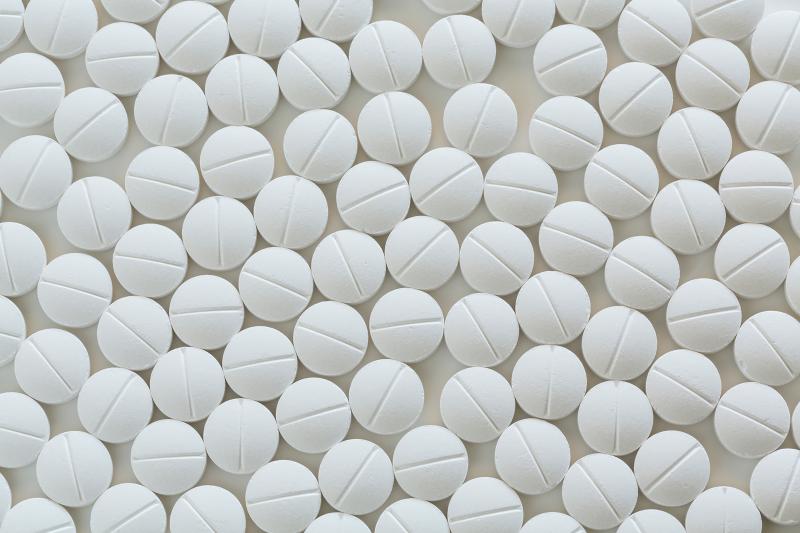Creating awareness around antimicrobial resistance
Blog
Today marks the beginning of World Antimicrobial Awareness Week. This week aims to create awareness around the accelerated threat of antimicrobial resistance (AMR). AMR occurs when bacteria, viruses, fungi and parasites change over time and stop responding to medicines, increasing the risk of diseases and severe illnesses.
Antimicrobial resistance (AMR) is a growing problem, which eventually will pose a global threat and impact all our lives. Many factors have accelerated the threat of AMR worldwide, such as overuse and improper use of medicines in humans and livestock, as well as poor access to clean water and sanitation, which causes infections to spread and evolve easily.
The COVID-19 pandemic has also been marked as a possible cause to AMR. The misuse of antibiotics to fight COVID-19 infection could lead to accelerated emergence and the spread of antimicrobial resistance. During the World Antimicrobial Awareness Week (previously World Antibiotics Awareness Week) we create awareness around AMR, and hope to change the tide.
For more information, see:

